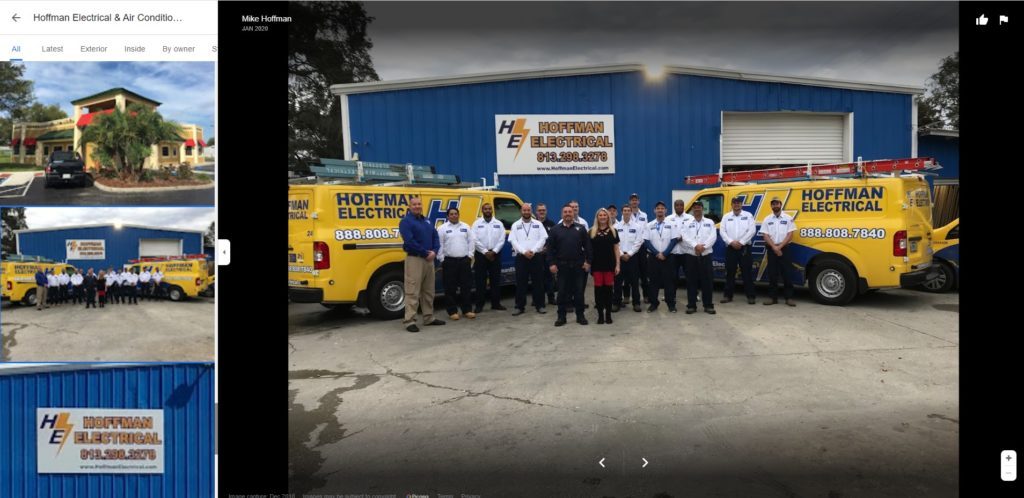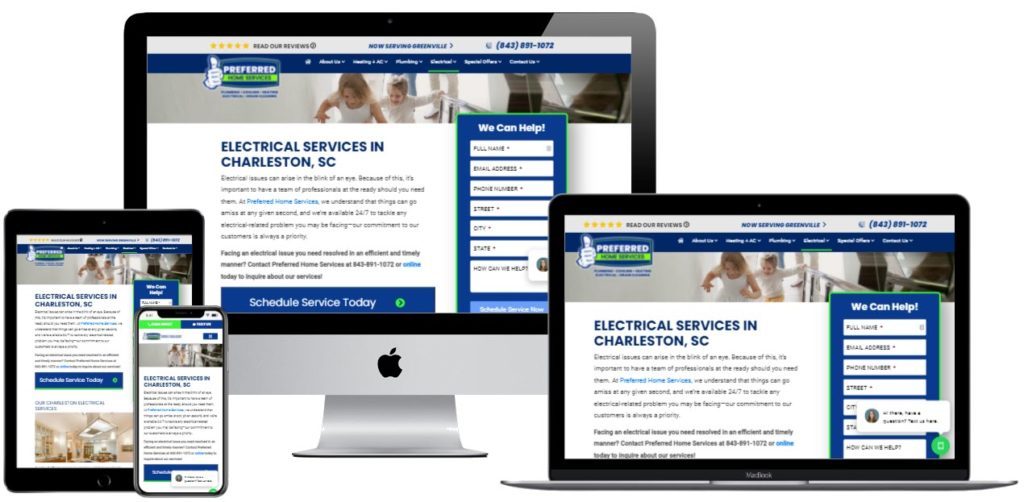What Is Servant Leadership?
Leadership looks different for everyone. Some choose to use a democratic style, where they make final decisions after getting input from team members. Some are individualists, focused on personal development and improvement, while others act as a coach that works to help employees develop their skills and build strong teams. Although different in practice, most leadership … Read more










